Kraków-Płaszów Concentration Camp
At first glance, this area seems like just another city park, but the lush landscape hides a dark past.
The grounds of Kraków-Płaszów appear to be nothing more than an empty field, bordered by trees and tall grasses on all sides. It’s not until you notice the large signs posted around the area, only added in recent years, that its dark history becomes more evident.
From October 28, 1942 to January 20, 1945, the area was home to a ghetto that expanded into the Kraków-Płaszów Concentration Camp. There, more than 40,000 people, mostly of Polish, Jewish, or Hungarian descent, were imprisoned. Originally, the camp covered more than 150 acres (around 180 hectares); however, the current land recognized as Kraków-Płaszów is much smaller.
The camp was ruthlessly operated by Commandant Amon Göth. Göth often indiscriminately murdered prisoners at will. It’s believed that he began his day by killing at least one person before breakfast. He also staged public executions and released Great Danes on prisoners.
After the camp was liberated, the grounds were abandoned by the Soviet military. Although a majority of the memorials were constructed during the Soviet era, the real history of the land was destroyed. The remaining buildings that were left behind were removed by the Soviet government.
The “Memorial to the Victims of Fascism in Krakow” monument was constructed in 1964 by Ryszard Szczypiński and designed by architect Witold Cęckiewicz. It’s a large limestone bust featuring five people with expressionless faces. On the back is written, “In homage to the martyrs murdered by Nazi genocide in 1943–1945.”
There are three other monuments in the nearby valley. One commemorates Jewish people from Poland and Hungary who were murdered at the camp. Another is dedicated to the memory of Jewish women imprisoned at Kraków-Płaszów before they were deported to Auschwitz. The last monument pays homage to the “Home Army,” a group of local police who were also killed during the German occupation.
Walking among these monuments and the strange topography of Kraków-Płaszó adds to an uneasy feeling lingering over this space. The entire site was barren until a few fruit trees were planted by locals. It’s interesting to note that despite the huge memorials, the grounds of Kraków-Płaszów were often used for picnics and playdates. With the construction of the large informational signs in the late 2000s, this activity has decreased.
Know Before You Go
Kraków-Płaszów is accessible 24/7. Visitors can take the tram to the Dworcowa station to get the closest. There is no fee, info center, or tour. One can walk or bike through at their own discretion.
Community Contributors
Added by
Edited by
Plan Your Trip
The Atlas Obscura Podcast is Back!









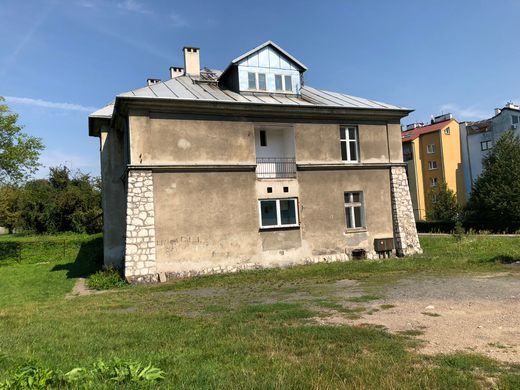




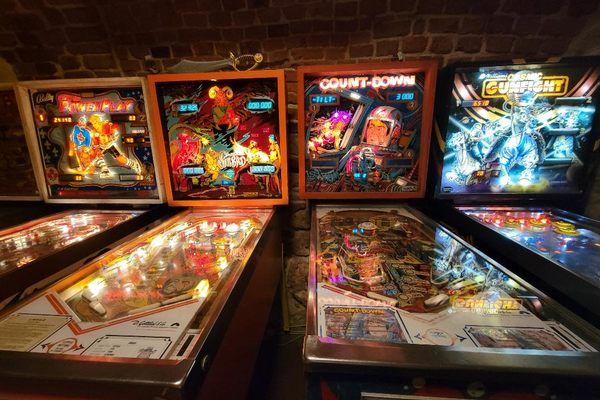


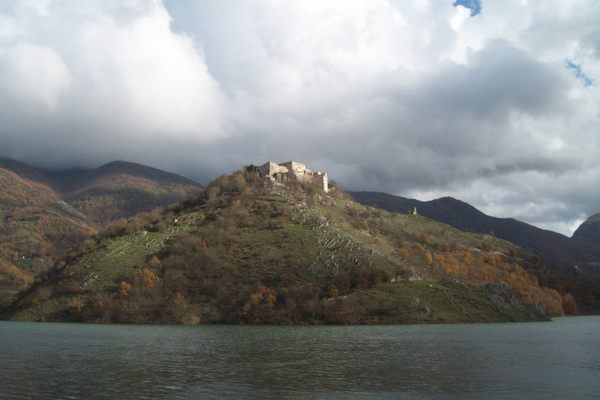
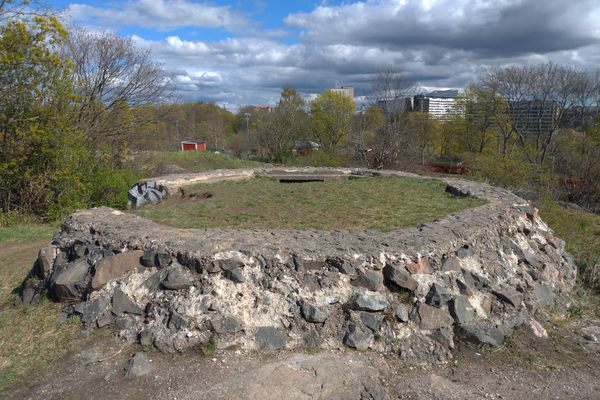
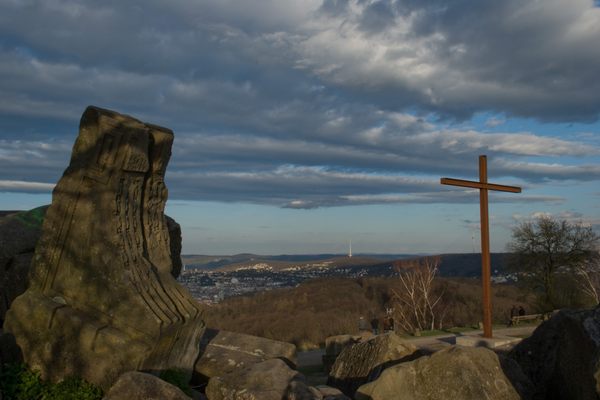
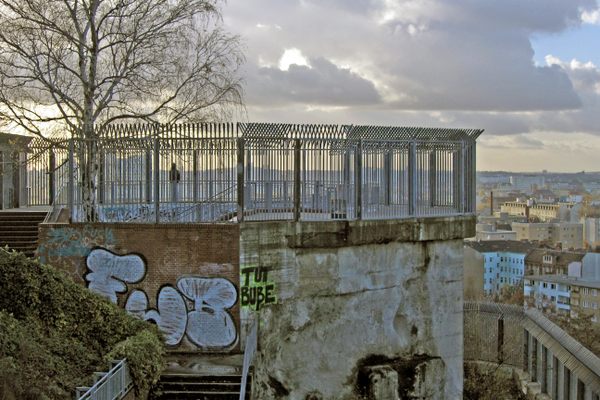

Follow us on Twitter to get the latest on the world's hidden wonders.
Like us on Facebook to get the latest on the world's hidden wonders.
Follow us on Twitter Like us on Facebook